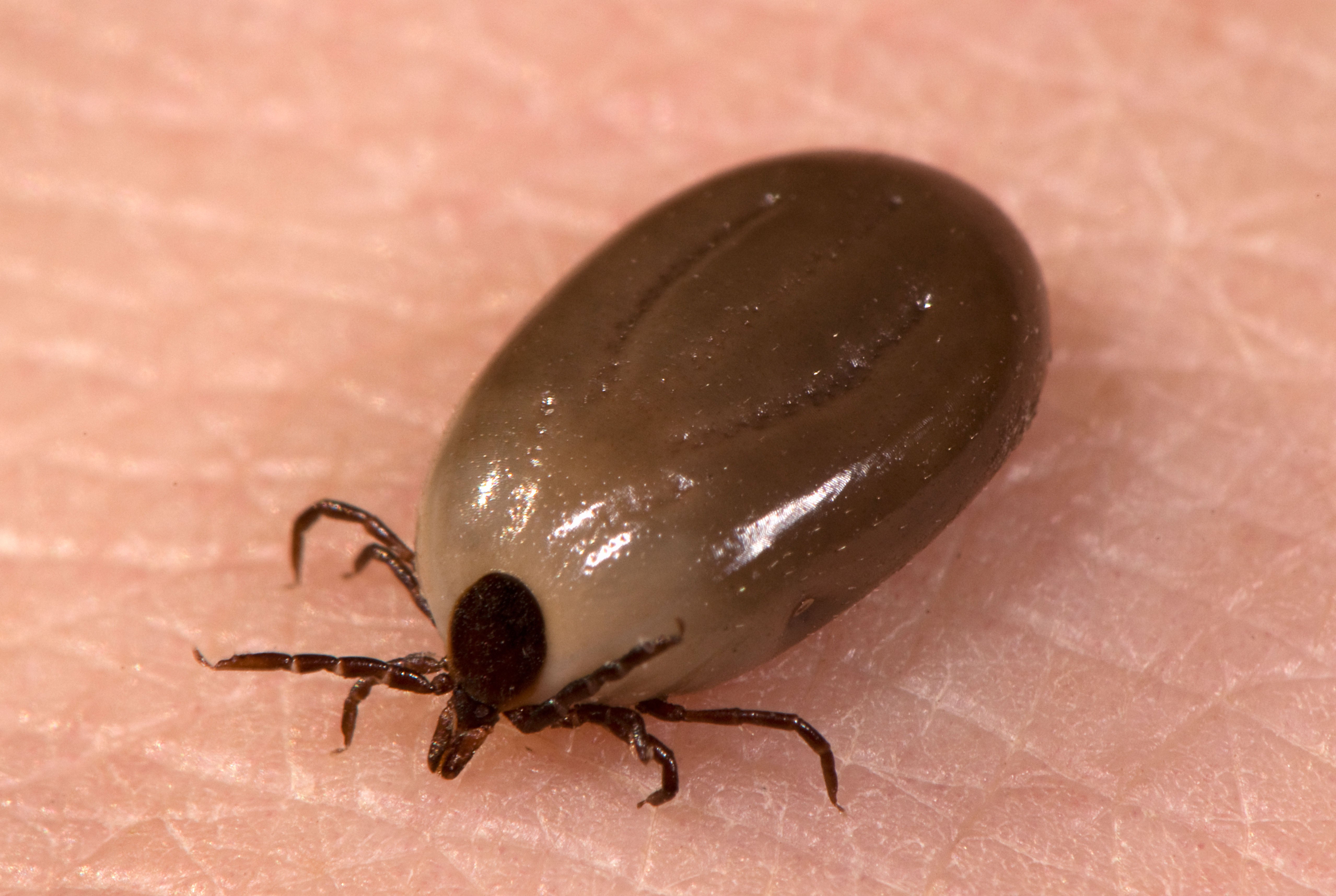Lyme Borreliosis is something you could have been warned if you run through the forest as a child, as it is often associated with walking or hiking.
Justin Timberlake came out as the latest top -class affected people who join Shania Twain, Avril Lavigne, Justin Bieber and Alec Baldwin, all of whom talked about the condition. Many of these celebrities help to raise awareness of the disease, although there is still a lot of confusion about the symptoms and the way it can be brought together.
When Timberlake shared his diagnosis, Timberlake described the disease as “tirelessly weakening, both mentally and physically.
“I want to help my part to help others experience this disease,” he continued.
Here is everything you need to know about Lyme Borreliosis.

What is Lyme Borreliosis?
“Lyme Borreliosis is an infection caused by a group of bacteria that are transmitted by an infected tick and give them a certain series of symptoms,” says Dr. Sanjay Mehta, GP in the general practitioner in London.
It is not a very common illness – the National Institute for Health and Care Excellence (Nice) indicates that there are around 1,000 confirmed cases in England and Wales, but the actual number could be higher. Mehta says you can’t catch it from a tick, only infected.
The disease can also be seasonal – “it does not die to zero, but it drops considerably in summer and winter and height in the early autumn and spring,” says Mehta – and is actually named after a city. It was discovered for the first time in Lyme, Connecticut, after an outbreak of patients with joint problems, rashes and fatigue in the 1970s.

What are the symptoms?
Lyme Borreliosis can manifest themselves in different ways – from asymptomatic to nerve damage in more severe cases.
“There are two main groups of patients,” says Mehta. “Firstly, there is the group that catches them early and they don’t get symptoms – they only see that they have been infected by a tick.
“Then there is the second group of people who do not receive treatment, and although only a very small percentage of them actually have symptoms, they are the ones we are concerned about.
“These patients tend to maintain three symptoms. First, they can step on flu -like symptoms in about a week after the bite.
“An even smaller number of people can get the third stage, and these are the symptoms that people typically associated with Lyme-Borreliosis-long-term joint problems and neurological symptoms.”

How do you get away with the Lyme disease?
Since the Lyme Borreliosis is passed on exclusively via infected ticks, you can unlock the disease from unlikely if you avoid tick-lifting areas or take precautions.
“There are areas of Great Britain, which is known that they accommodate infected ticks such as the Lake District, New Forest, the North York Moors and the Scottish highlands,” says Mehta. “When you see ticks on your skin, you will not necessarily get up to four hours of gearbox. So if you can remove you, this is ideal.”
If you go to one of these areas, you can also do some simple things to limit the risk. “Try to stick to the paths in grass -covered, forested areas and to stay away from long grass and vegetation,” advises Mehta. “It sounds obvious, but take a shower on your return-on-one ticks and check yourself and check for you too. If possible, wear insect protection, long T-shirts and long pants.”
What should you do?
The simple answer is: If you have gone to a high -risk area and know that you have been bitten by something, see a doctor.
“It is worth taking a treatment of what a course of specific antibiotics is,” says Mehta. “We carry out tests and the tests are quite reliable, but the most important things are a) Did you go to a risky area? B) Did you see that they were bitten? And c) Did you develop symptoms?”
“The message to take away is to look for medical help when there is a bite, but is aware that it is only a small percentage of people who have problems.”

